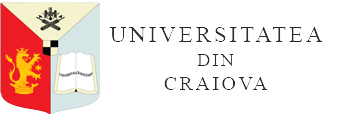SOIL MINIMUM TILLAGE SYSTEM IMPACT UPON ARIDITY HINDERED LAND IN TELEORMAN COUNTY
DOI:
https://doi.org/10.52846/aamc.v53i1.1432Abstract
Two land bodies in Teleorman County were characterized in order to identify aridity affected areas. The country's agricultural and edaphic potential were taken into account on one hand, and the negative consequences determined by years long application of classical technology which contributes in the long run to the enhancement of degradation processes of fine textured soils through compaction, cleaving, and waterlogging on the other. In the Traian Administration and Territorial Unit (ATU) a pronounced soils settlement process was noted due to ploughing execution at the same depth and equipment passage on the soil in inappropriate conditions. In the Mavrodin ATU the soils have a high clay content which favors soil compaction and waterproofing raising issues of air capacity. Rape crop output was 3,700 kg/ha on the Calcic Chernozem of the Traian ATU, and 3,000 kg/ha on the Mavrodin Chromic Luvisol in the same soil works system. These soils suitability for soil minimum tillage is low due to specific intrinsically characteristics. Preserving soil covered with vegetation for an as long as possible period is recommended.


